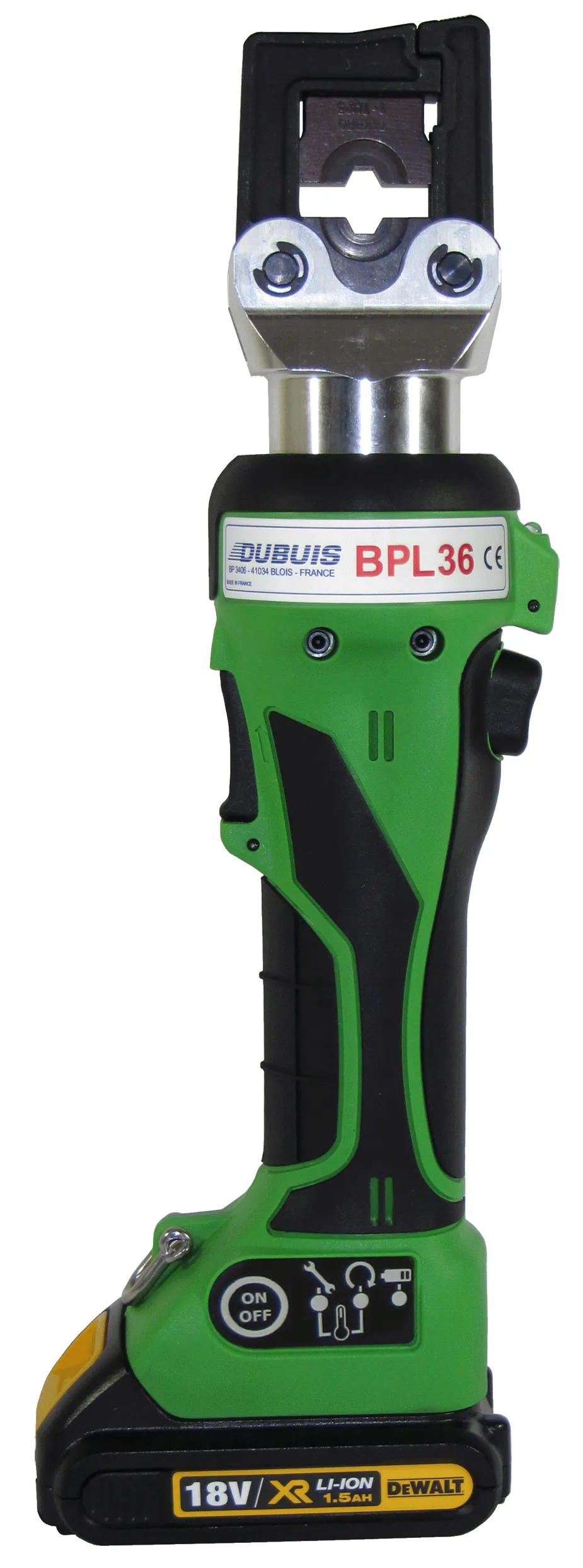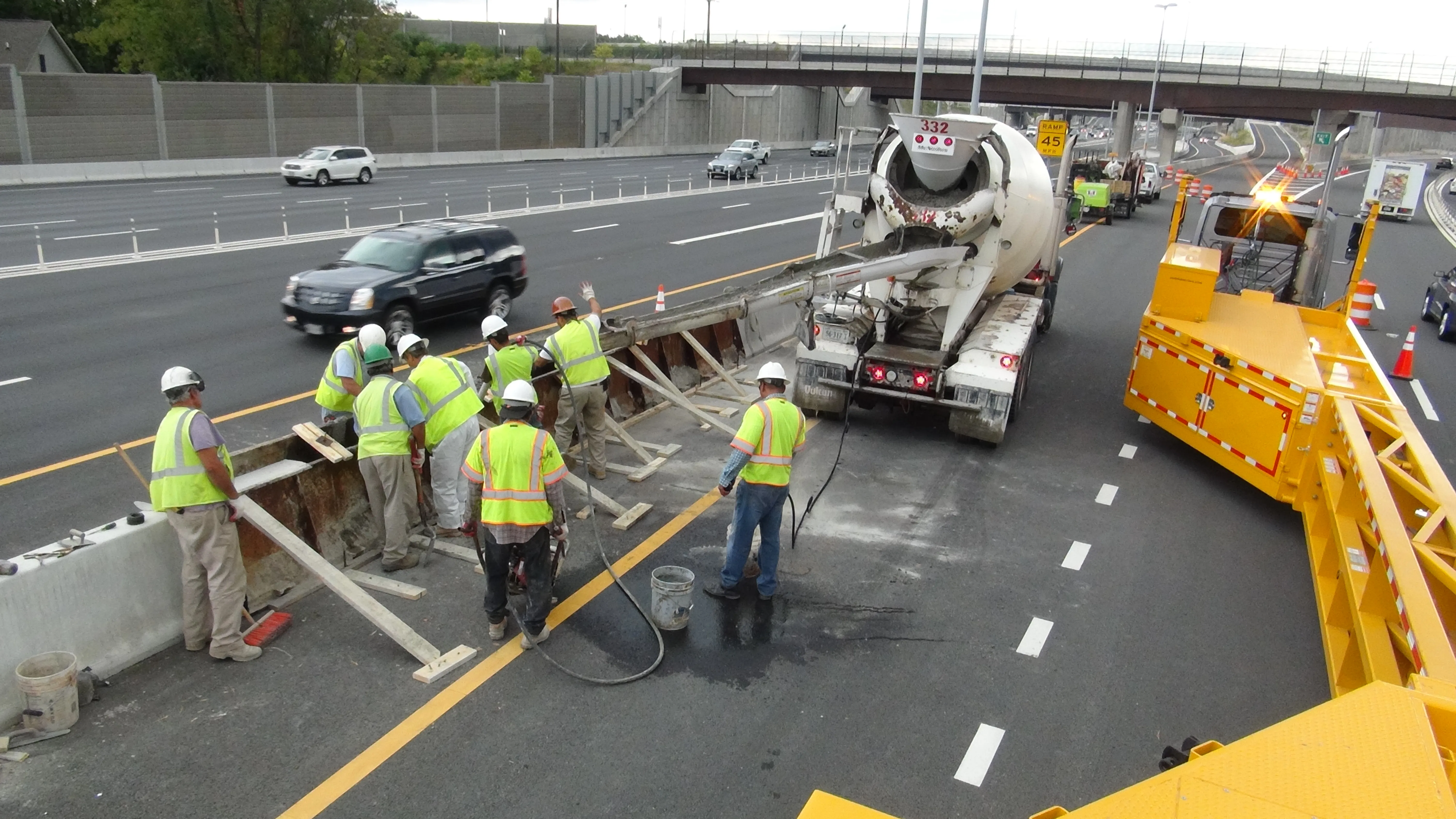
Road spending will dominate global infrastructure investment for the next 30 years, says a new report released at
According to a research project commissioned in partnership with Business France, the exhibition’s Observatory programme has revealed that €925 billion of investment is planned in Europe between now and 2050, and “the sector offering the highest development potential is roads”.
Railways and buildings are the second and third biggest growth areas in Europe, the report adds. Six countries were surveyed: UK, France, Netherlands, Belgium, Italy and Germany.
In Africa, the research programme looked at a €307 billion investment plan for Morocco, Algeria, Ivory Coast and Kenya between now and 2040 and found that “the sectors offering the highest development potential for construction are road and rail, followed by buildings and ports”.
Meanwhile, in the Middle East, €239 billion of investment is scheduled between now and 2033 and “the two most promising sectors are roads and buildings”. Here the team looked at official plans for Qatar and the United Arab Emirates.
The Intermat Observatory says that its aim was to “provide exclusive analysis of the major construction opportunities in the EMEA zone”.
The report is “designed as a working tool to support the growth of [construction] firms” and set out to “analyse investment plans, both ongoing and planned for 2025 to 2030 in the following sectors: airports, buildings, railways, mining, quarrying, ports, roads and transport”.
The report also “offers an overview of the major projects, the main imports and exports of construction equipment and the foreign brands established in each country”. If you would like more information, go to: %$Linker:








